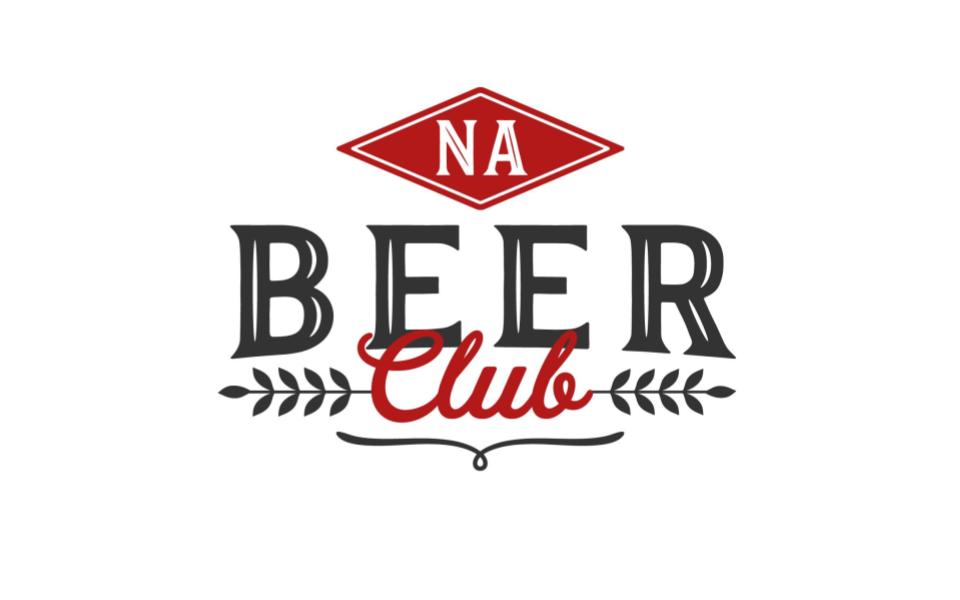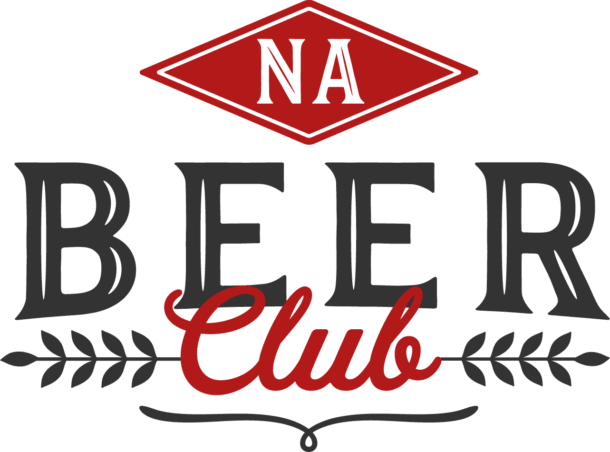Non-alcoholic (NA) beverages like beer and wine have become increasingly popular, offering the taste of traditional drinks without the intoxication or hangover.
However, these drinks aren’t always completely alcohol-free. Some contain trace amounts of alcohol, which raises an important question: Can drinking non-alcoholic beer or wine result in a positive blood or urine test for alcohol? Let’s dive into the facts.
Understanding Non-Alcoholic Beverages
First, it’s important to understand what “non-alcoholic” really means. By law, beverages labeled as non-alcoholic can contain up to 0.5% alcohol by volume (ABV). Drinks with this small percentage of alcohol are often referred to as “near beer”.
On the other hand, beverages labeled as 0.0% ABV are supposed to have no detectable alcohol, although trace amounts can sometimes occur during the brewing or fermentation process.
This distinction matters because even though 0.5% ABV seems negligible, it’s enough to potentially trigger a positive result on some alcohol tests.
How Alcohol is Detected in Tests
Alcohol is commonly detected in the body through blood and urine tests. These tests can measure either the presence of alcohol itself or its metabolites, such as ethyl glucuronide (EtG), which remains in the body long after alcohol has been consumed.
Urine tests, especially EtG tests, are highly sensitive and can detect even very small amounts of alcohol for up to 80 hours after consumption.
Given their sensitivity, even minimal alcohol intake, like that from NA beer or wine, could cause a positive test, especially if consumed in larger quantities.
Can Non-Alcoholic Beer or Wine Trigger a Positive Test?
The short answer is yes—NA beers or wines with a 0.5% ABV can potentially lead to a false positive on alcohol tests.
Studies have shown that after consuming a large amount of NA beer, measurable levels of alcohol markers, like EtG, can appear in urine.
In one study, participants drank 2.5 liters of non-alcoholic beer, resulting in detectable levels of EtG well above the cut-off for abstinence programs.
The chance of testing positive largely depends on several factors, including:
- The sensitivity of the test.
- The concentration of alcohol in the beverage.
- How much and how quickly the beverage was consumed.
- Individual body factors like weight and metabolism.
Even though you’re unlikely to become intoxicated from drinking NA beer or wine, it’s possible to fail an alcohol test after consuming these beverages.
What About 0.0% ABV Drinks?
Drinks labeled as 0.0% ABV are a much safer option when it comes to alcohol testing because they are formulated to be entirely free of alcohol.
However, these products are not completely immune to scrutiny. Natural fermentation processes in foods like bread, orange juice, and ripe bananas can produce small amounts of alcohol—sometimes as much as 0.5% ABV.
While these foods are unlikely to cause a positive test result on their own, they contribute to the complexity of alcohol testing.
Precautions and Caveats
If you are subject to alcohol testing for work, a legal program, or any other reason, it’s crucial to be mindful of what you consume.
Non-alcoholic beers and wines, especially those with a 0.5% ABV, could cause a false positive, potentially leading to serious consequences if you’re expected to maintain complete sobriety.
People in abstinence programs or those who are regularly tested for alcohol consumption may want to avoid these drinks altogether.
You should talk with the administrator of the tests or program to confirm whether or not consuming non-alcoholic beer or wine is ok.
For those who do enjoy NA beverages, it’s a good idea to read labels carefully and limit consumption, particularly if you’re likely to be tested for alcohol. Opting for 0.0% ABV drinks or avoiding these beverages close to testing periods is the safest choice.
Can I drink NA beer or wine before a urine or blood test?
While non-alcoholic beer and wine are unlikely to make you intoxicated, they can lead to a false positive on blood or urine tests, especially if they contain up to 0.5% ABV.
Drinks labeled as 0.0% ABV pose a much lower risk but aren’t entirely foolproof due to the potential for trace amounts of alcohol from natural fermentation in other foods.
If you need to avoid alcohol entirely, it’s best to steer clear of non-alcoholic beverages that contain any amount of alcohol to avoid complications with testing.

